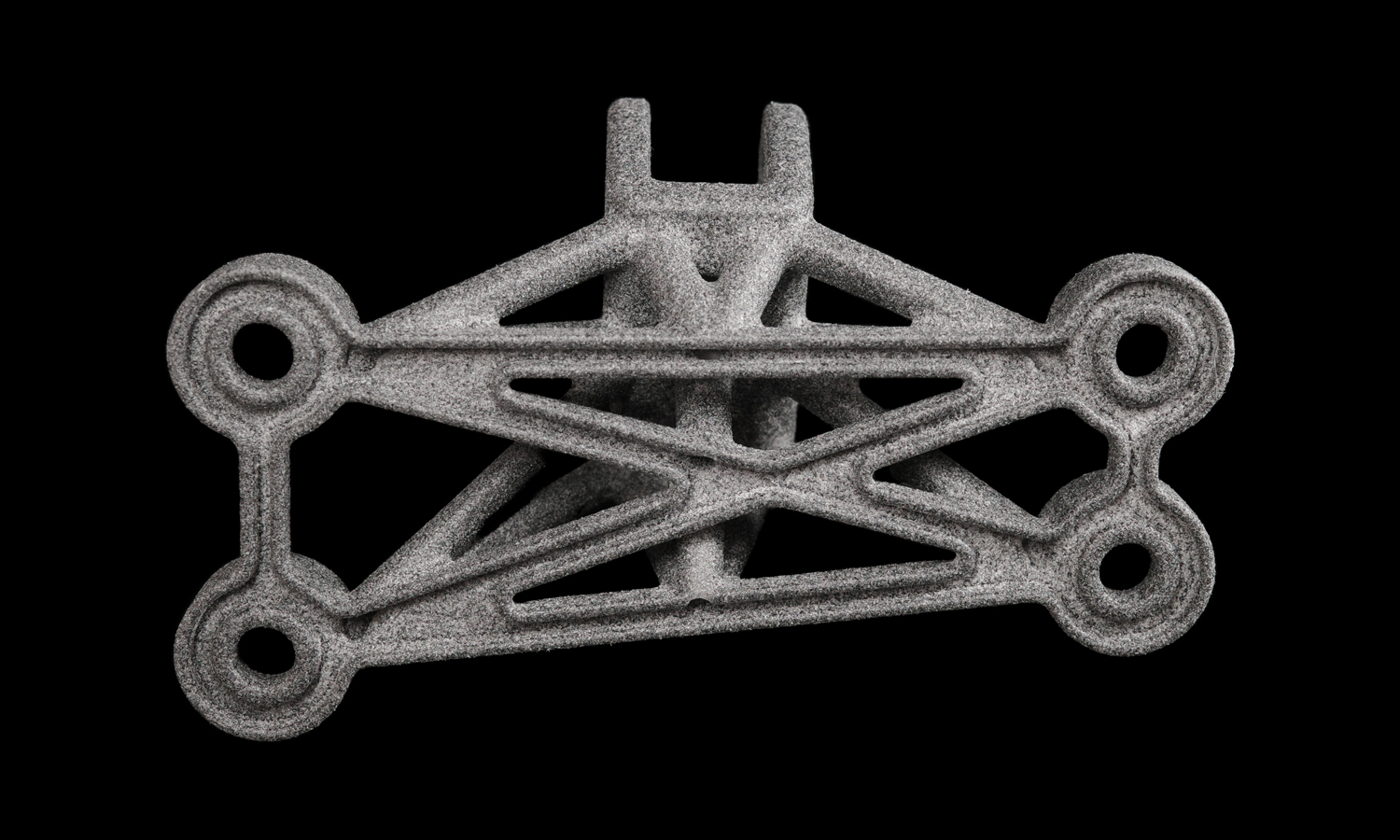- MJF 3D Print PP Mascot Henry Fox Raw Finish
- [Holiday OFF Notice] Mid-autumn & National Day Festival during Sep.28-Oct.6, all shipping and customer service will pause
Gallery
About Project
If you are looking for a durable and versatile material for your engineering projects, you might want to consider Polypropylene (PP) as an option. PP is one of the most widely used thermoplastics in the world, and it offers excellent chemical resistance, low moisture absorption, and weldability. PP is also ideal for complex geometries and low unit cost for batches of small parts.
One of the best ways to produce PP parts is by using Multi Jet Fusion (MJF) technology. MJF is a powder bed fusion 3D printing process that uses a combination of fusing and detailing agents to create high-resolution and fully dense parts. MJF can produce PP parts with nearly isotropic mechanical properties and great surface resolution.
MJF does not require any support structures, which means that you can create intricate designs without worrying about post-processing. However, if you want to improve the appearance or performance of your PP parts, you can also apply various post-processing methods, such as dyeing, chemical vapor smoothing, vibro polishing, tumbling, spray painting, lacquering, or metal coating.
The MJF PP part has a raw finish. This means that the parts are only cleaned from excess powder and no further post-processing is applied. Raw finish gives the parts a matte gray color and a slightly rough texture. Raw finish is suitable for applications that do not require high aesthetics or smoothness, such as piping, fluid systems, containers, electronic housings, guides, grommets, clips, connectors, and covers.
FacFox is an online platform that offers a variety of 3D printing and other manufacturing services with rich materials, fast turnaround and low cost. FacFox has industrial grade printers and multi-functional materials to meet your needs. You can upload your 3D model, get an instant quote and printability check, and order your parts with ease. FacFox also provides expert suggestions and quality assurance to ensure your satisfaction. Visit facfox.com to learn more:)
Solution
- Step 1: A thin layer of uniformly pre-heated polymer powder particles was spread across the build platform.
- Step 2: Fusing and detailing agents were selectively distributed across the bed of powder by an array of inkjet nozzles.В The fusing agent improved heat absorption and the detailing agent reduced it, creating the desired shape and boundaries of the part.
- Step 3: The build area was exposed to infrared light, which fused the powder particles where the fusing agent was applied, and left the rest of the material unaffected. This created a solid layer of the part.
- Step 4: The build platform was lowered and another layer of powder was spread over it. The process was repeated until the part was completed.
- Step 5: The build unit was removed from the printer and transferred to a processing station, where the part was cooled down and cleaned from excess powder.
- Step 6: No further post-processing was applied to the part, resulting in a raw finish with a matte gray color and a slightly rough texture.








